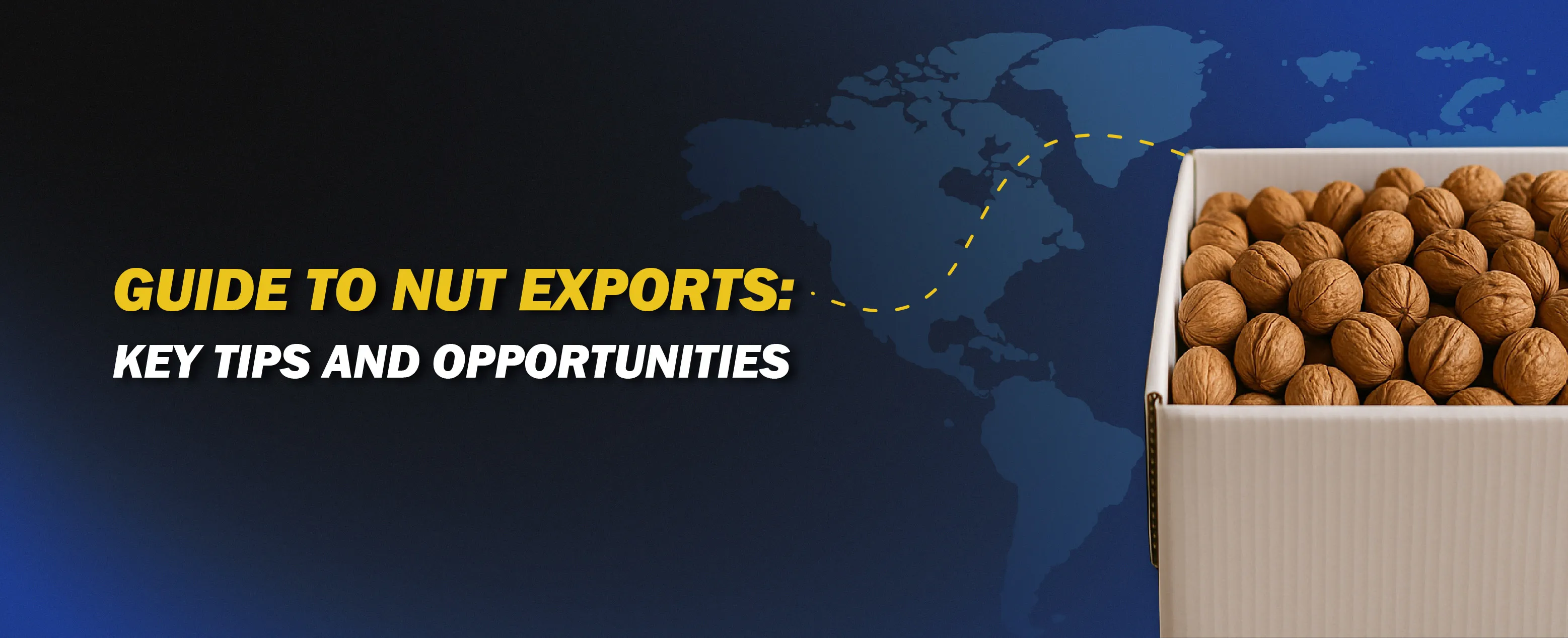Guide to Nut Exports: Key Tips and Opportunities
Nut exports are one of the most dynamic sectors in the global market. Products like almonds, walnuts, and lentils have high demand internationally, and exporters with the right strategy can secure a significant share of these markets. With global populations growing and healthy eating trends increasing, the demand for high-quality nuts continues to rise, creating long-term opportunities for producers and exporters alike.
Product quality is the most important factor for export success. High-quality nuts build trust with international clients and strengthen your brand’s position in the market. Strong and standard packaging is also essential; proper packaging not only protects the product during long transport but also reflects the professionalism and reliability of your brand. Ensuring consistency in quality can lead to repeat orders and long-term business relationships.
Controlling humidity and temperature during transport is crucial. Nuts are sensitive to moisture and heat, and improper storage or transit can lead to spoilage or loss of flavor. Proper handling, including climate-controlled transport and storage, ensures that the product arrives in optimal condition. Being aware of the export regulations of the destination country also helps prevent customs delays and legal complications.
Marketing and understanding the target market play a key role in successful exports. Researching customer needs, analyzing competitors, and selecting the right markets allows exporters to tailor their approach effectively. This strategic knowledge not only improves sales but also helps in identifying emerging markets with high potential for growth.
Major nut markets include China, India, the European Union, and the United States. Growing consumption in these countries offers significant opportunities for exporters and can increase a business’s share in the global market. Staying informed about market trends, currency fluctuations, and international trade agreements can provide a competitive advantage.
In the end, focusing on quality, packaging, and market management creates a path for sustainable revenue and brand growth. Direct communication with international clients, providing excellent customer service, and leveraging digital marketing strategies are key to building a strong global presence and long-term export success.













